

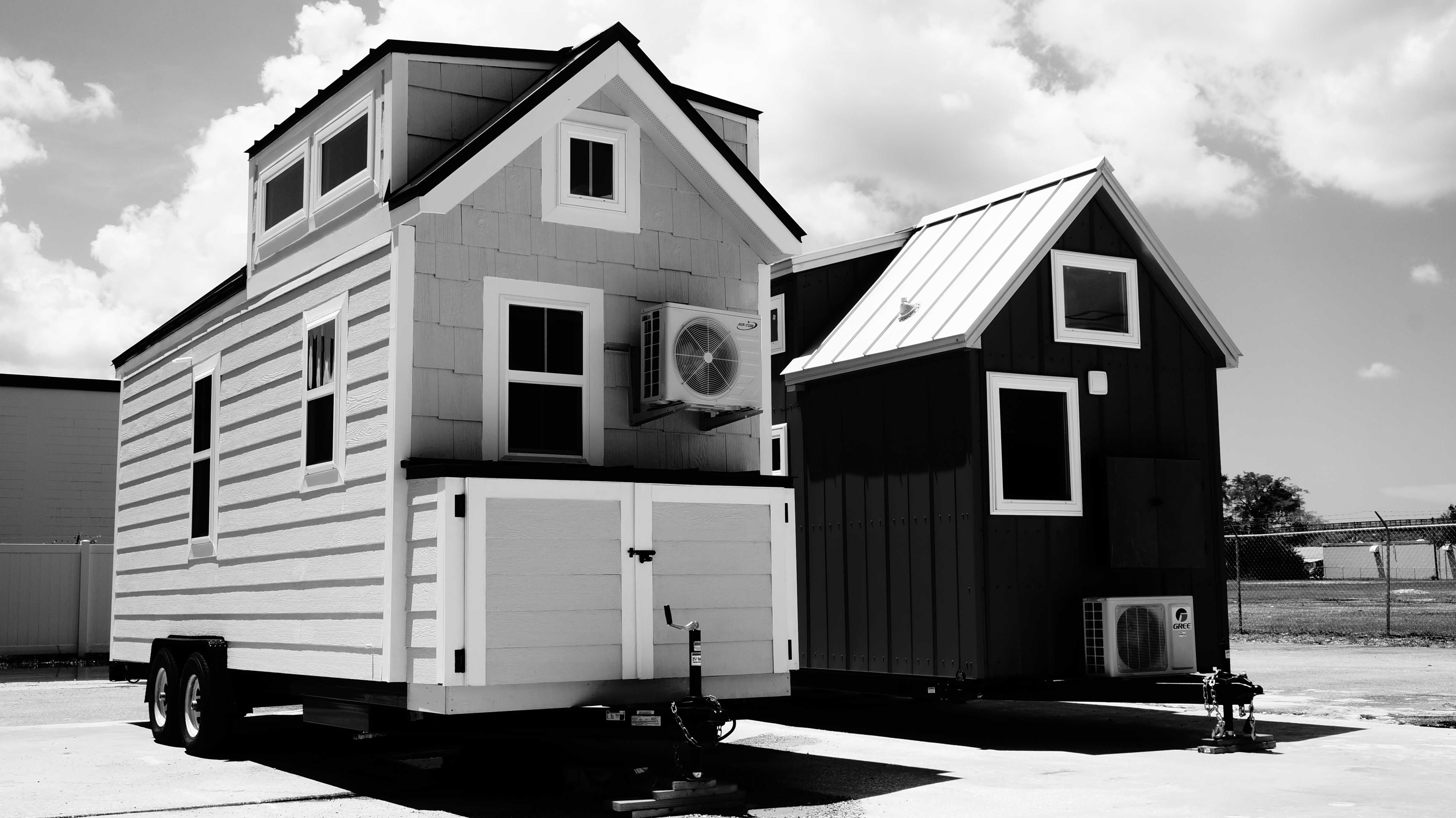
Save Money Building Your Tiny Home One of the primary motivators for many potential tiny
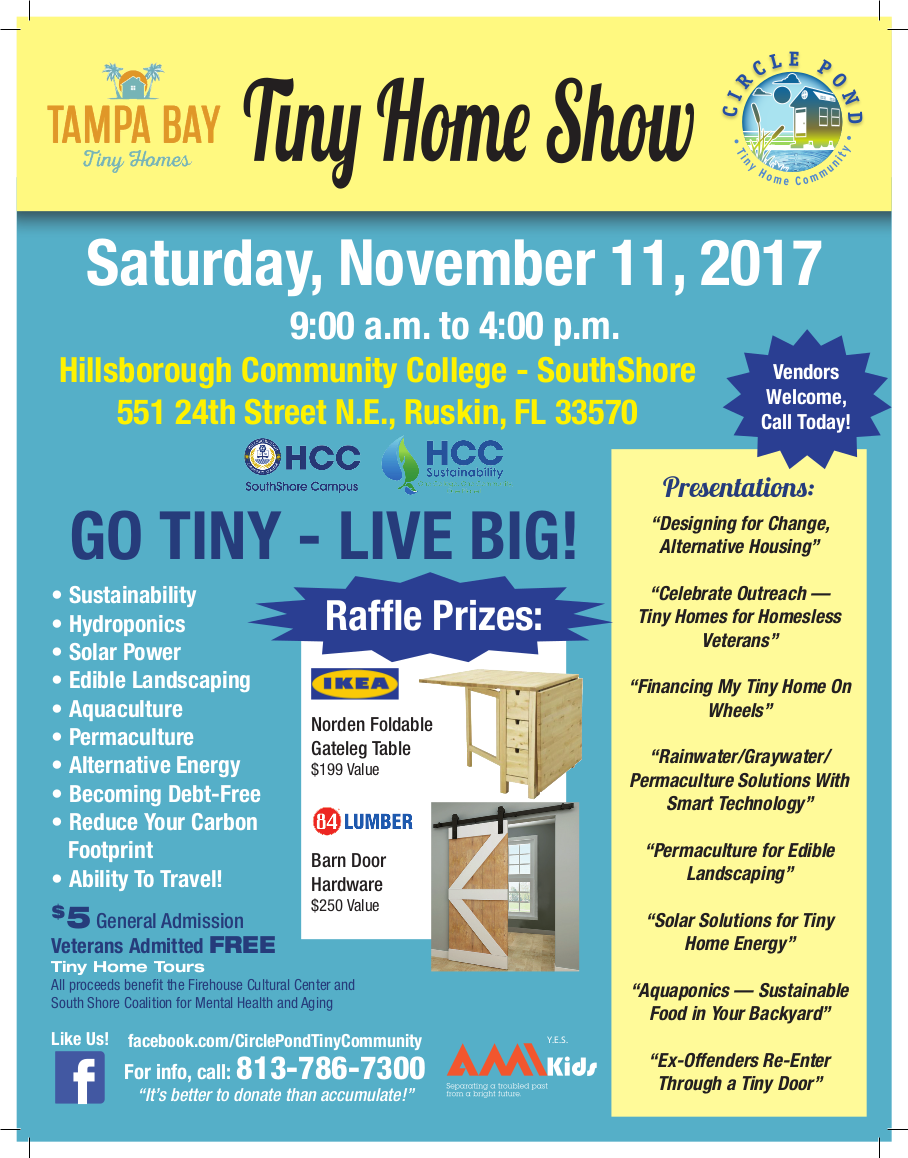
The Tiny Home Show coming to Hillsborough Community College – SouthShore, Saturday November 11th! Tour

Are You Tiny House Friendly? You are likely familiar with the tiny house trend through
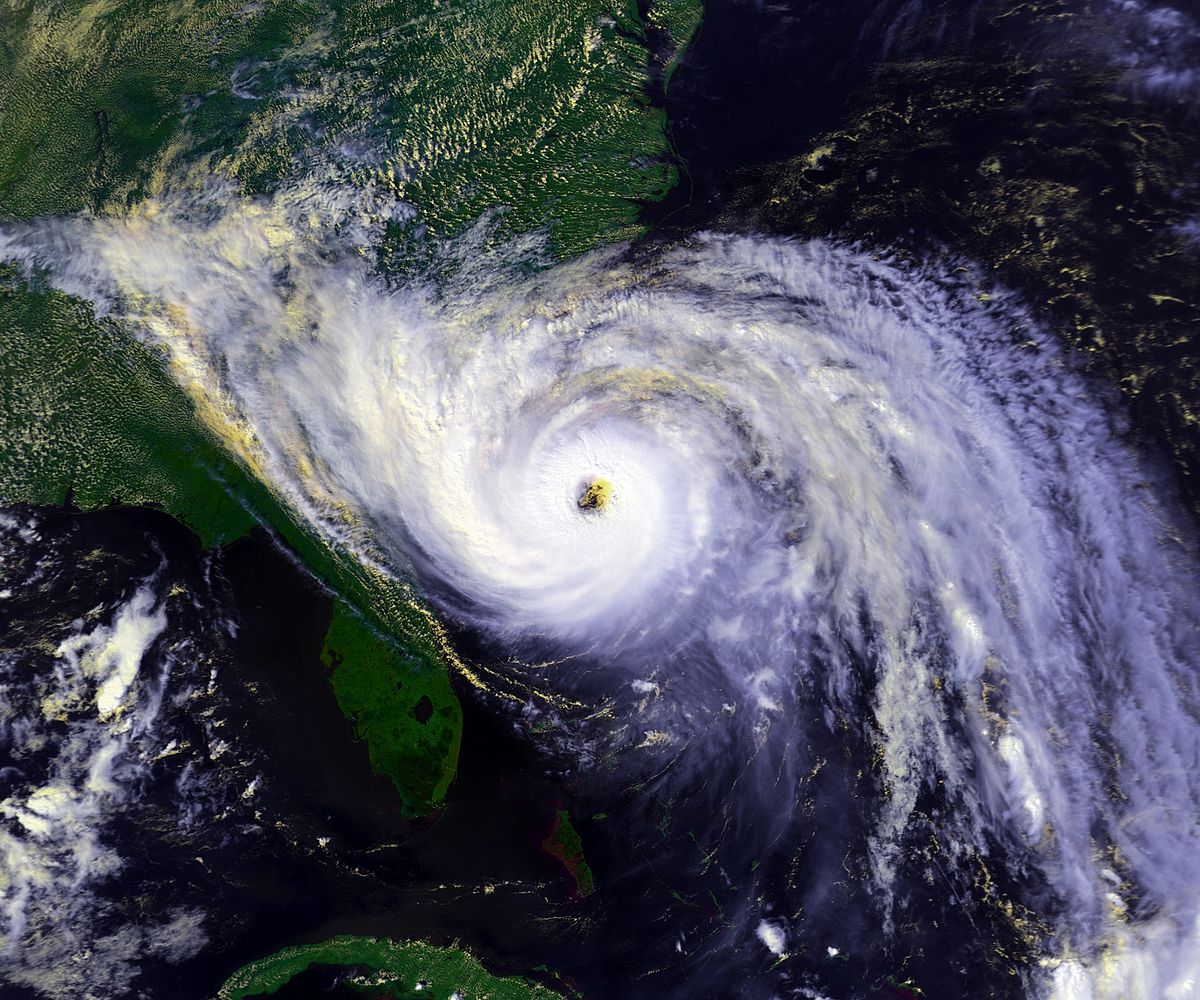
Is your tiny home prepared for a hurricane? Having lived in Florida for decades we

By Savanna Deluca of The Muddy Lotus Mindfulness is a new buzzword that is popping
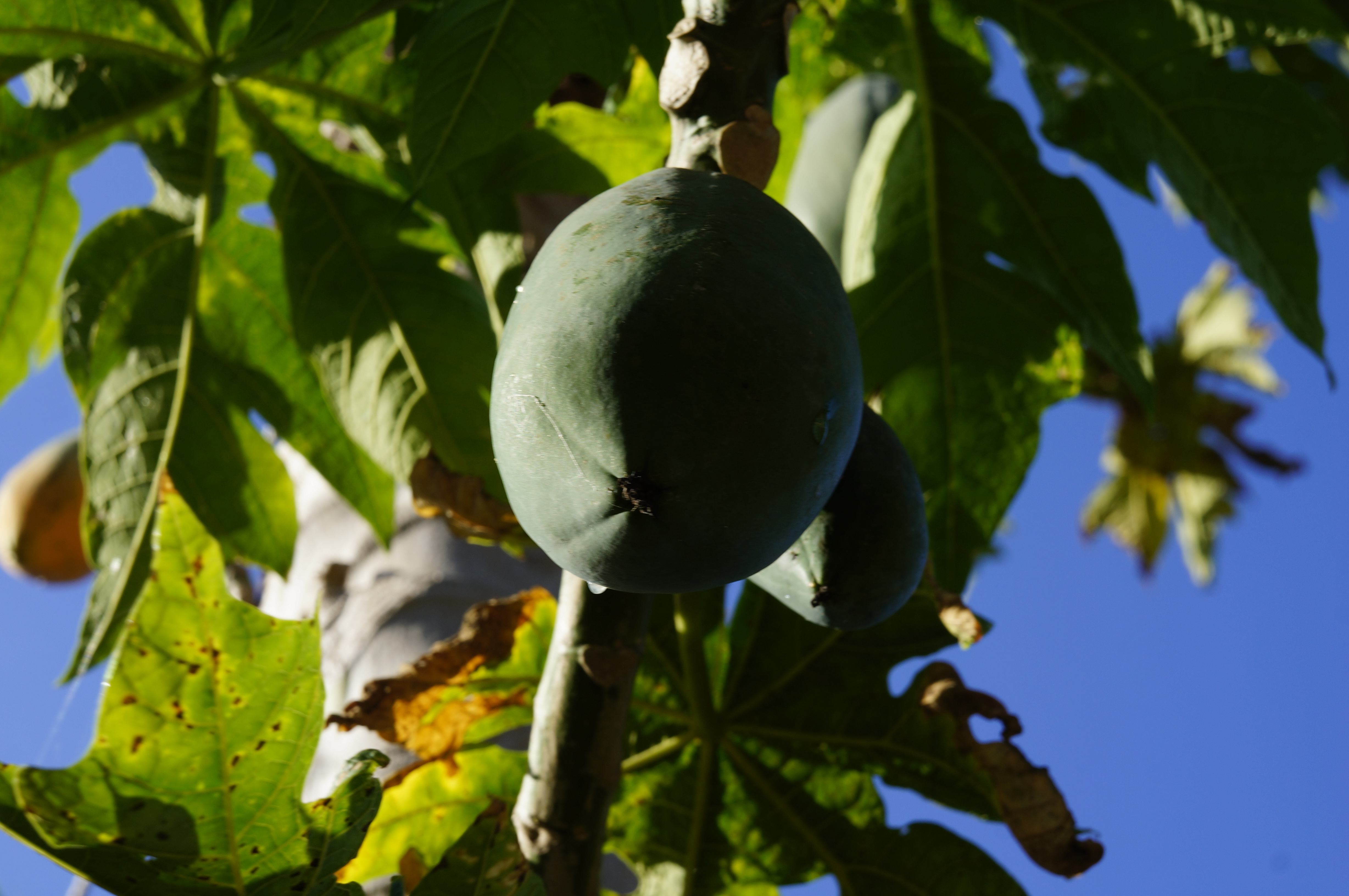
Here are the most common fruit trees you can grow in Florida! Growing your own
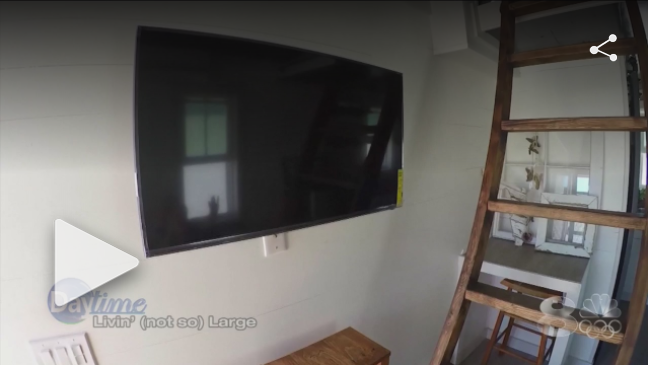
We could not have been happier when we heard from Cyndi Edwards Host of Daytime

What do you look for in a tiny home community? What is a tiny home

Tiny House Parking Options in Florida Some tiny house owners are looking for a nomadic,

Tiny House Financing When clients contact us for the first time there are three conversations